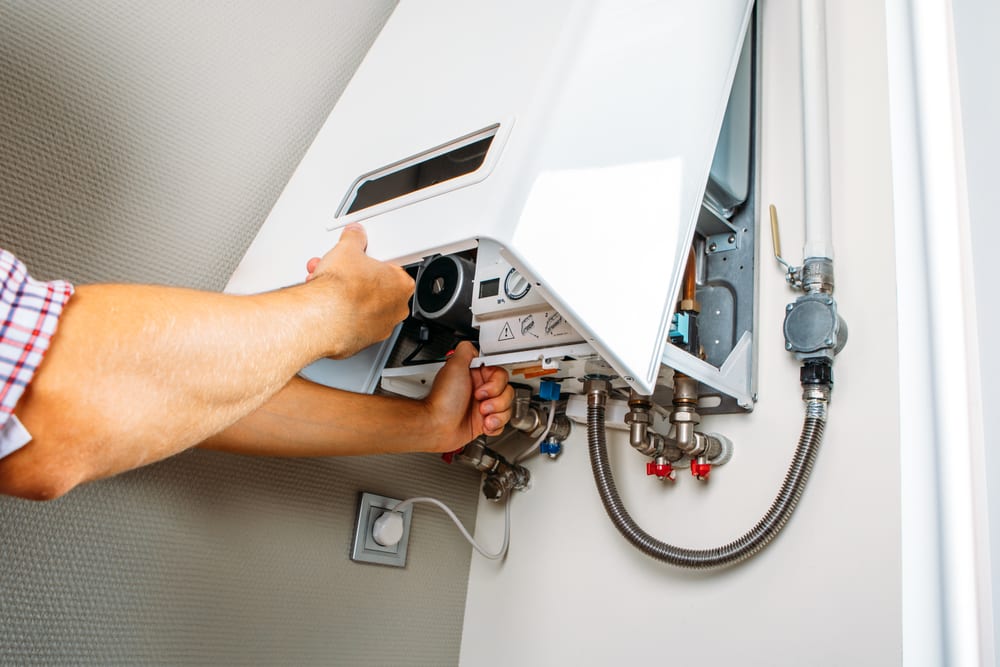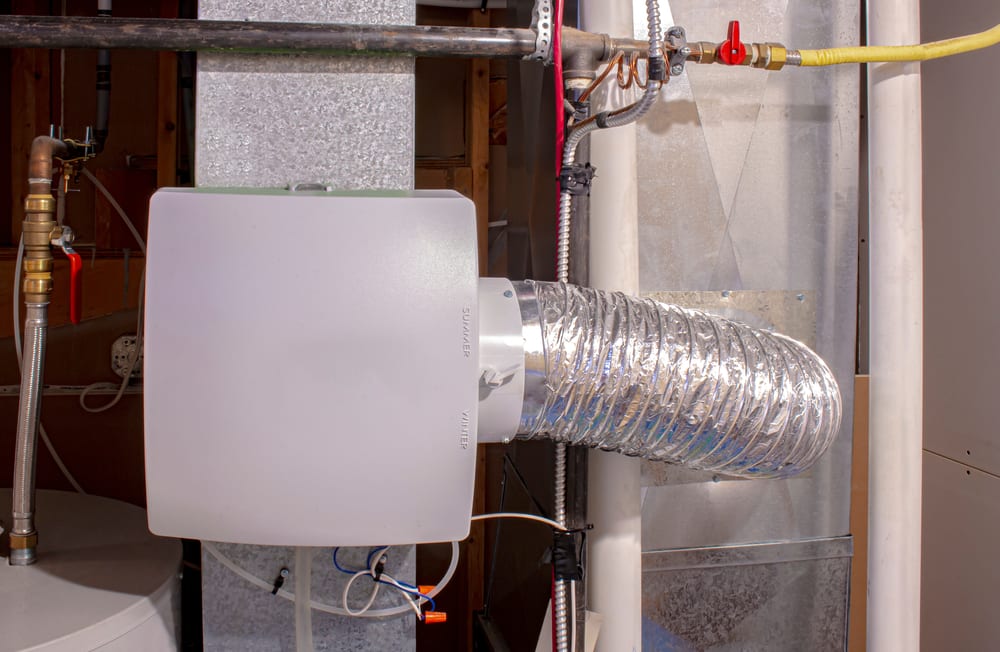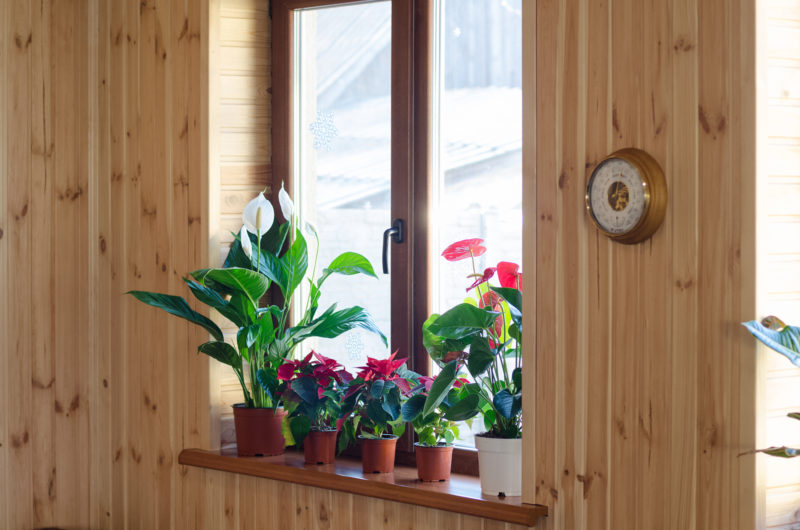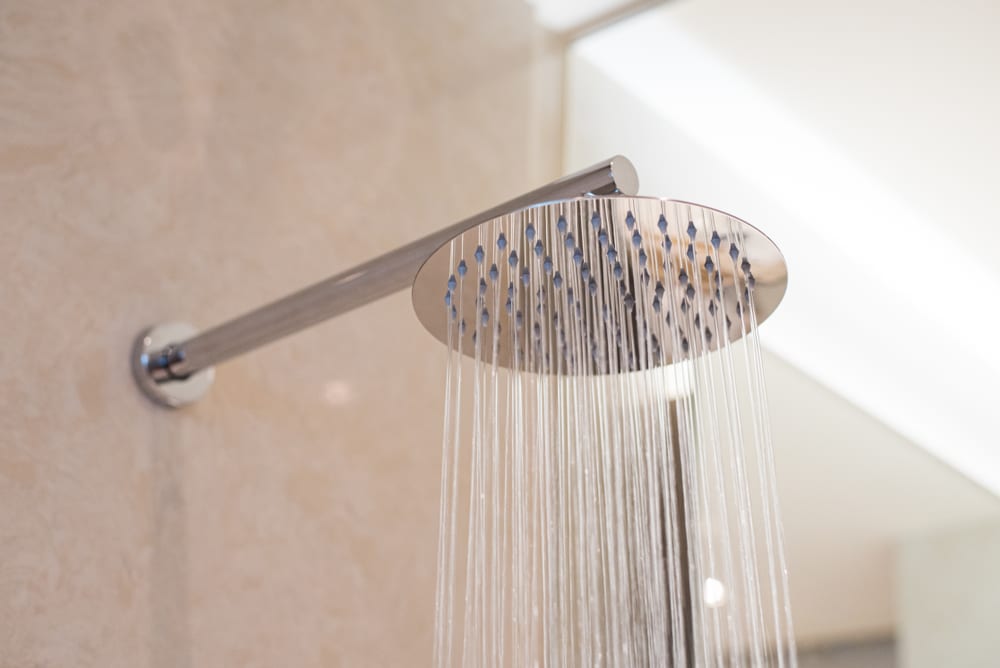
Home humidity control is something every homeowner should master if they want to live comfortably and eliminate the health risks that come with high humidity levels. What is the best way to dehumidify a house? In this guide, we’ll review the dangers of high indoor humidity and offer some effective dehumidification methods you can use in your home.
Table of Contents
Where Does Humidity Come From?
What is humidity, and where does it come from? Humidity refers to the moisture within the air. It can range from extremely low amounts of dry air to excessive levels that leave you feeling sticky, sweaty, and stuffy.
Humidity often comes from condensation within your home. This may be through a decline in temperature that creates dampness around the windows or exterior doors. The moisture level inside your home increases when you create steam, such as when taking a shower or boiling water on the stove.
There may also be high humidity levels in the outside air which can directly impact your home and HVAC system.

Dangers of High Indoor Humidity
Before we uncover the best way to dehumidify a house, it’s important to understand the dangers of a high-humidity environment. Excessive moisture in the air can pose significant risks to your health and home’s structure. You may encounter the following problems if you don’t take steps to control your indoor humidity levels.
Mold
Damp, humid areas are breeding grounds for mold. High humidity levels inside your home can become dangerous if mold starts to grow since the fungus can settle into surfaces and produce allergy-like symptoms, including respiratory issues.
Damaged Paint and Wallpaper
Water vapor will often settle along your walls when it fills the air. The increase in surface moisture can cause your paint or wallpaper to peel or curl. Unless you control the moisture using the best way to dehumidify a house, the paint will continue to peel even if you add more coats.
Rotting Wood
Natural wood doesn’t fare well in areas with a lot of moisture. If you have wood flooring or furniture throughout your house, pay attention to the humidity levels inside. You might risk damaging your wooden fixtures if enough moisture seeps into and rots the material.
Damaged Walls
Most walls contain vapor barriers that prevent humid air from infiltrating the materials. However, these are not always effective, especially when outdoor temperature and humidity levels rise. As the moisture content fluctuates, the materials within the walls will contract and crack.

How To Naturally Dehumidify a Room
Are you looking for the best way to dehumidify a house without relying on electrical devices like fans or air conditioners? You can make your home comfortable naturally by incorporating the methods below.
Use Plants
Certain plants can be effective dehumidifiers. Filling your home with plants like English ivy or parlor palm can reduce indoor humidity levels since they absorb the moisture within the air. Not only will your home be more comfortable, but you’ll also improve your decor by placing plants around the house.
Open Your Doors and Windows
Proper ventilation is one of the most effective moisture reduction techniques. Open the windows and doors throughout the house so that air can circulate and bring you relief.
Leave Baking Soda Out
You probably know that baking soda is great at absorbing harsh odors, but did you also know that it’s the best way to dehumidify a house naturally? Leave a box of this household staple on a window sill, and it will slowly absorb excess moisture in the air.

How To Dehumidify a House: Steps You Can Take To Help
Keeping your house dry and comfortable doesn’t have to be difficult as long as you combine the natural remedies above with some of these measures. Learn how to lower humidity levels and prevent damage to your home’s structure.
- Use ceiling fans: Keeping ceiling fans on can circulate air throughout the house and ventilate the area so it’s less humid.
- Take shorter, cooler showers: Bathrooms can be some of the most humid areas in a home because running a shower with hot water fills the space with steam. Try taking shorter showers at a cooler temperature to prevent humidity level increases.
- Exhaust fans: Turn on an exhaust fan while showering or cooking over the stove to suck in steam and moisture from the area.
- Wipe condensation: Wipe away any water droplets you see around your windows, doors, or other surfaces.
- Heat your home properly: Keeping your house warm and insulated prevents condensation that could lead to mold and other problems.
The Ultimate Solution: Install a Whole-Home Dehumidifier
The best way to dehumidify a house is by installing a whole-home dehumidifier. These units come in different sizes to accommodate homes large and small, so you never have to compromise comfort. You’ll be able to keep your house at a normal humidity level and avoid the risks of mold and structural damage.
If you live in a particularly humid area, such as Florida, a dehumidifier can transform your indoor air quality so you don’t have to run your air conditioner more than necessary.

Contact IERNA’s Heating, Cooling & Plumbing for Indoor Air Quality Solutions
Are you looking for the best way to dehumidify a house? Turn to the experts at IERNA’s Heating, Cooling & Plumbing for whole-home dehumidifier installation. Call (813) 592-3460 or use our online booking tool to schedule an appointment.

